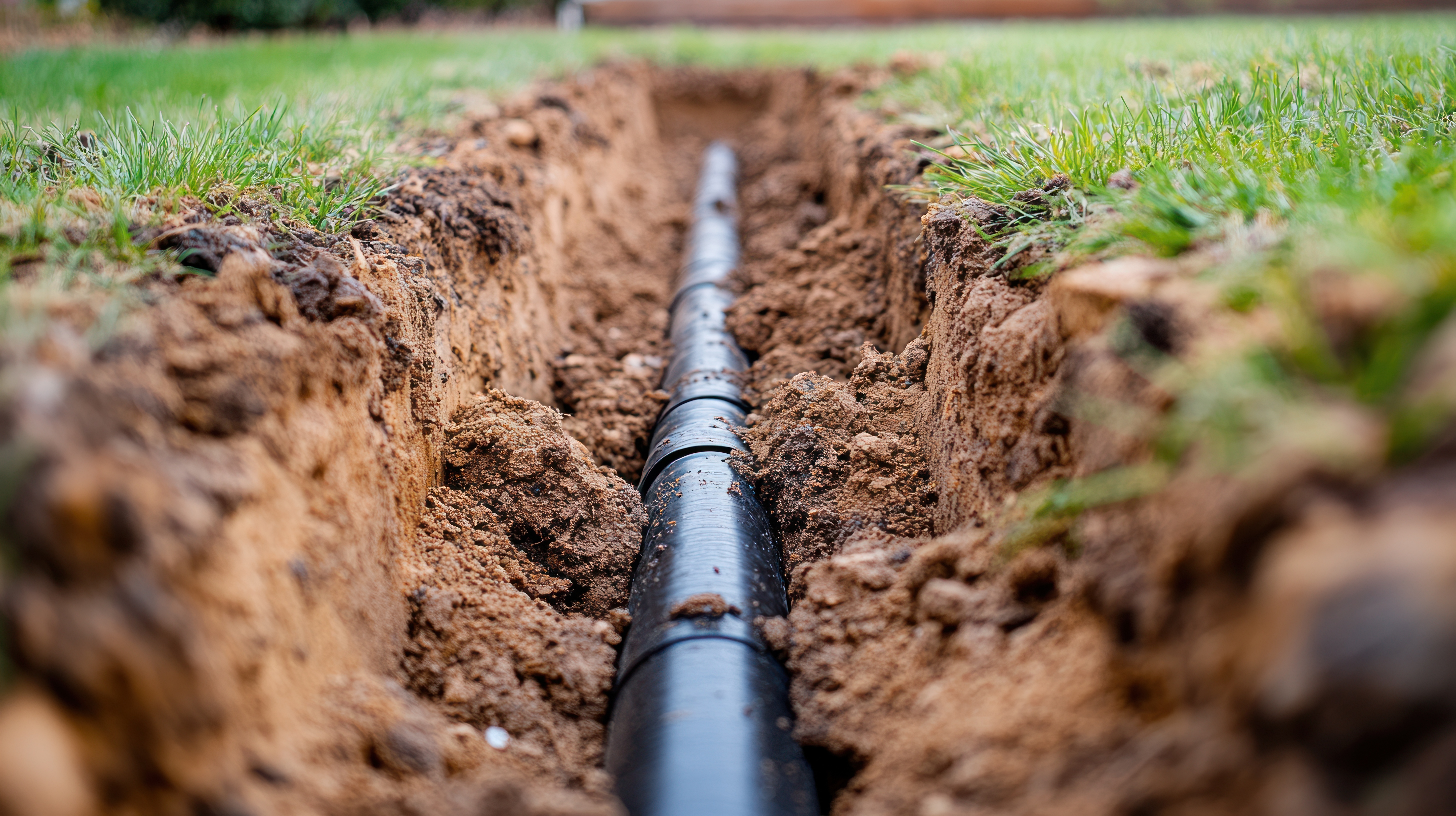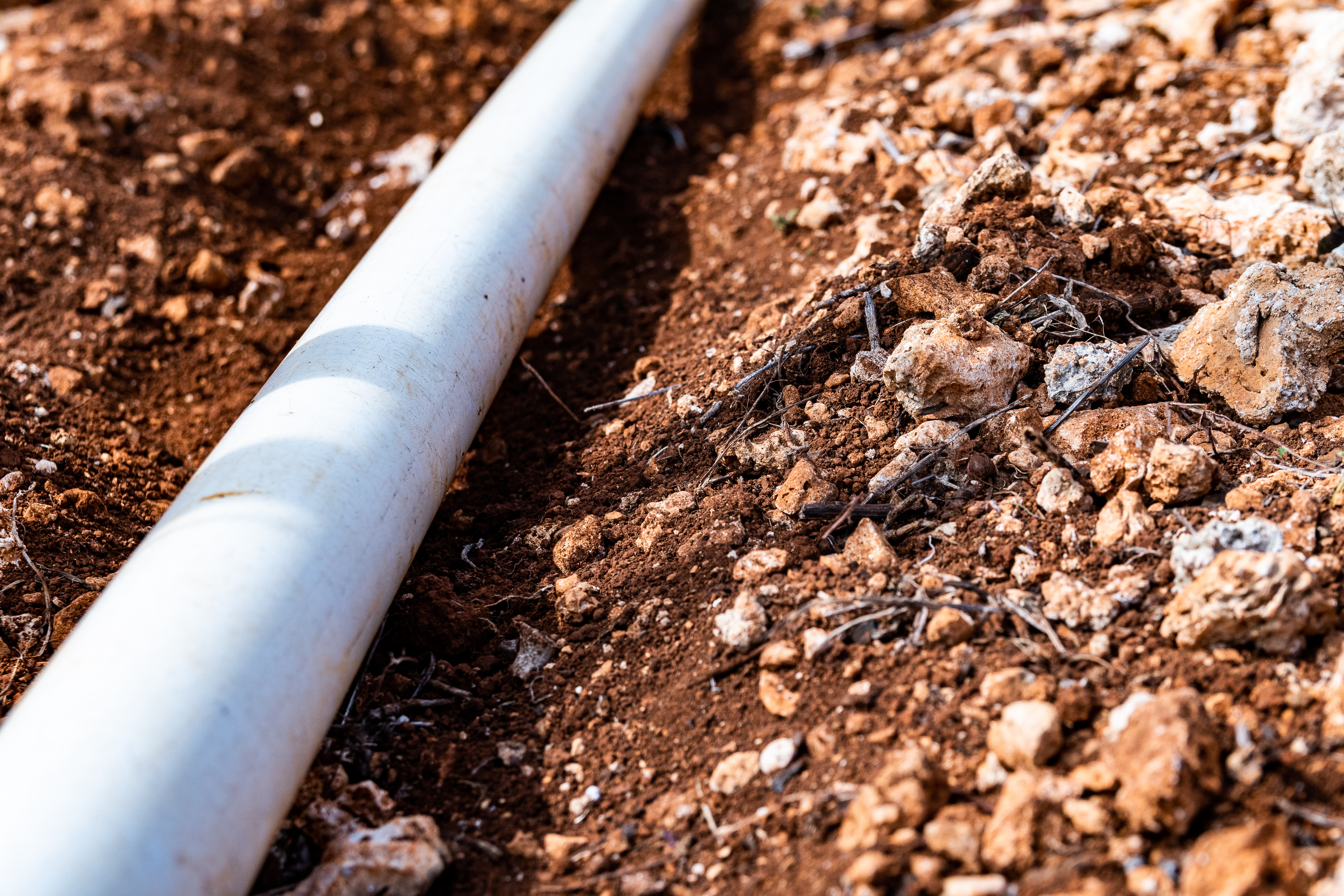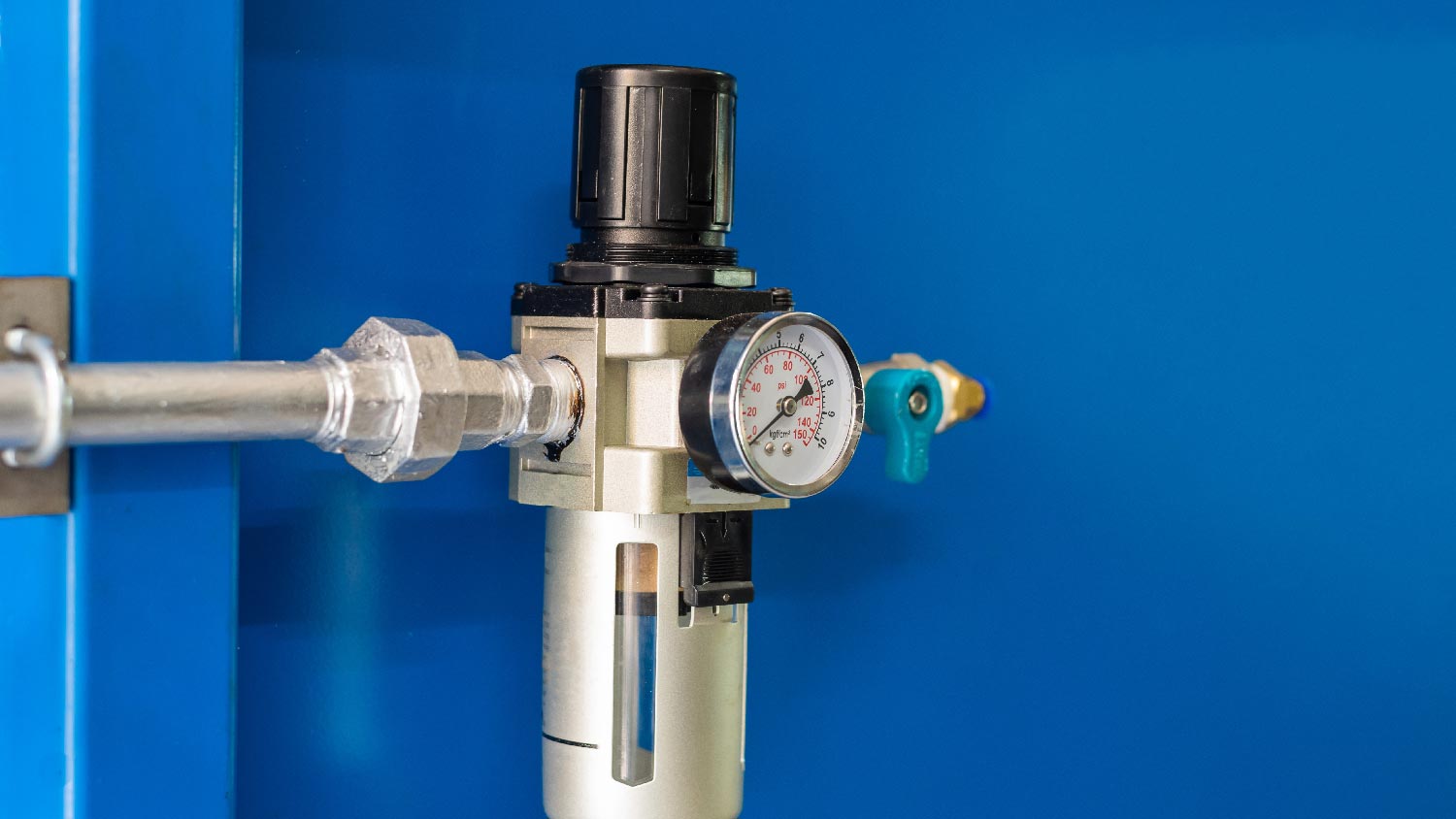
New York plumbers are some of the priciest in the nation. High cost of living and aging buildings contribute to their hefty price tag. Learn the other factors affecting how much a plumber costs in New York City.
Let the water flow freely with one of these outdoor faucets


Whether you’re watering your lawn, washing your car, or setting up the kids’ pool on a hot summer day, you need an outdoor faucet to get the water flowing outside. If you already have one of these fixtures at your house, there’s a good chance it’s a hose bib—a popular kind of outdoor faucet with a connection for a garden hose. However, there are several different hose bib types—and depending on where you live, one type might be better than another. Here’s how to figure out which one is right for you.
Hose bibs, sometimes called spigots or sillcocks, are outdoor faucets that connect to your home’s main water supply. They’re some of the simplest and most common types of outdoor faucets and can be made of various materials, including brass, galvanized steel, aluminum, cast iron, and plastic.
There are multiple types of hose bibs, but most have a handle that you twist to control the flow of water. On the end of the faucet, there’s a threaded connection where you can connect a garden hose.

If you’re looking for a basic and affordable outdoor faucet, a standard hose bib is one of the best options. Plus, they’re easy to use. When you want to turn on the water, you’ll head outside and twist the handle on the hose bib. This opens a compression valve inside the fixture, which lets water flow through the spigot. To shut off the water, you’ll turn the handle the opposite way, which closes the valve.
In chilly climates, it’s essential to winterize your outdoor faucets—including standard hose bibs—to stop water from freezing inside and potentially breaking your pipes. This includes draining the water from the spigot and covering it when temperatures drop below 32 degrees.
On its own, a standard hose bib costs between $10 and $60, but with professional installation, you’ll pay between $100 and $200.
Best for: People in warmer regions
| Pros | Cons |
|---|---|
| Lets you attach a garden hose | Might freeze in cold weather |
| Less expensive than other hose bib types | Need to be drained before winter |
| Available in different materials | Don’t include backflow prevention feature |

Freeze-proof hose bibs (also known as frost-free hose bibs or frost-proof faucets) are similar to standard hose bibs. The main difference is that standard hose bibs are susceptible to freezing when cold weather hits, while freeze-proof versions aren’t.
Frost-proof faucets have a few features that protect them from freezing and bursting during winter. When compared to standard hose bibs, freeze-proof versions have longer supply pipes, which extend further into your house and slope downward toward the spout. This design keeps water moving so that it doesn’t freeze inside your pipes. These types of hose bibs also have indoor water shut-off valves (rather than exterior ones), which help prevent freezing, as well.
As you might expect, these hose bibs are a bit pricier than their standard counterparts. On average, freeze-proof hose bibs cost between $35 to more than $200 apiece.
Best for: Folks in cold climates
| Pros | Cons |
|---|---|
| Prevents faucet and pipes from freezing | More expensive than standard hose bibs |
| Doesn’t require winterization | Converting a standard to freeze-proof isn’t DIY-friendly |
| Some have an extra valve for backflow prevention | Still need to shut off water and detach hose during winter |

Loose-key hose bibs, like standard and freeze-proof hose bibs, have a spout with a garden hose connection. But instead of a permanent handle that twists clockwise and counterclockwise, these hose bibs have a removable key that you insert and twist to get water from the spigot.
With a loose-key hose bib, no one can turn on your faucet unless they have the key. If you’ve had issues with your kids or neighbors using your outdoor water, this type of hose bib might appeal to you. But if you lose the key, you won’t be able to use the spigot, either.
Loose-key hose bibs range in price, with entry-level models starting around $8 and higher-end ones costing $50 or more.
Best for: Anyone who wants extra control over their outdoor faucet
| Pros | Cons |
|---|---|
| Affordable | If you lose or forget the key, you can’t use the faucet |
| Provides control over who can access the faucet | Susceptible to freezing |
| May help you conserve water | Only certain models have anti-siphon feature to prevent backflow |
In many ways, these three types of hose bibs are similar. Each one lets you attach a garden hose and turns on and off with the twist of a handle or key. So, how do you choose the right one for your home? Here’s what to consider.
For starters, a freeze-proof hose bib is your best bet if you live in a particularly cold place. With this type of faucet, there’s less risk of your pipes freezing and bursting, and as a bonus, you won’t have to worry about winterizing your outdoor plumbing.
You have a few more options if you’re in a warmer region. If you’d like, you can still install a frost-proof faucet, but alternatively, you could opt for a standard hose bib or a loose-key hose bib—both of which are generally less expensive than freeze-proof models.
It might be tempting to install or replace a hose bib yourself to save money, but we recommend calling a professional. Depending on your home’s plumbing layout, adding or changing a hose bib might involve going into your walls or underneath your home to access the right pipes. If you mistakenly damage these pipes or install the faucet incorrectly, you could end up with leaks, flooding, and an expensive repair bill.
Instead, reach out to a local plumber for this job. They typically charge between $150 and $200 per hour for labor, based on the nature of your project and your location. Most hose bib installations and replacements take less than a few hours.
From average costs to expert advice, get all the answers you need to get your job done.

New York plumbers are some of the priciest in the nation. High cost of living and aging buildings contribute to their hefty price tag. Learn the other factors affecting how much a plumber costs in New York City.

Discover the primary factors that affect your main water line replacement cost in New York, including length, materials, and the necessary installation method.

Discover the pricing factors that will affect your main water line repair cost in New York, including the repair type, size, and accessibility challenges.

Find out the average water pressure regulator replacement cost, key price factors, and tips to save on your project. Get transparent, expert-backed cost info.

Cutting pipes can be easy, but this job requires some safety measures. Learn how to cut metal pipes quickly and safely for any plumbing project.

We’ll show you how to keep pipes from freezing in the winter and how to thaw yours before they burst.